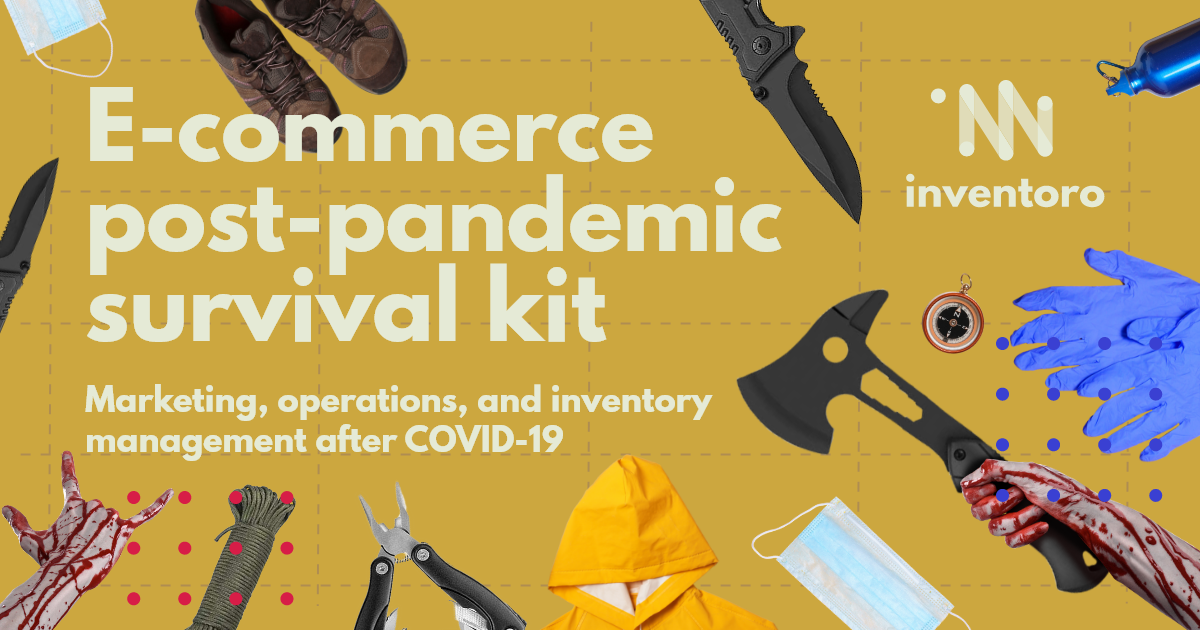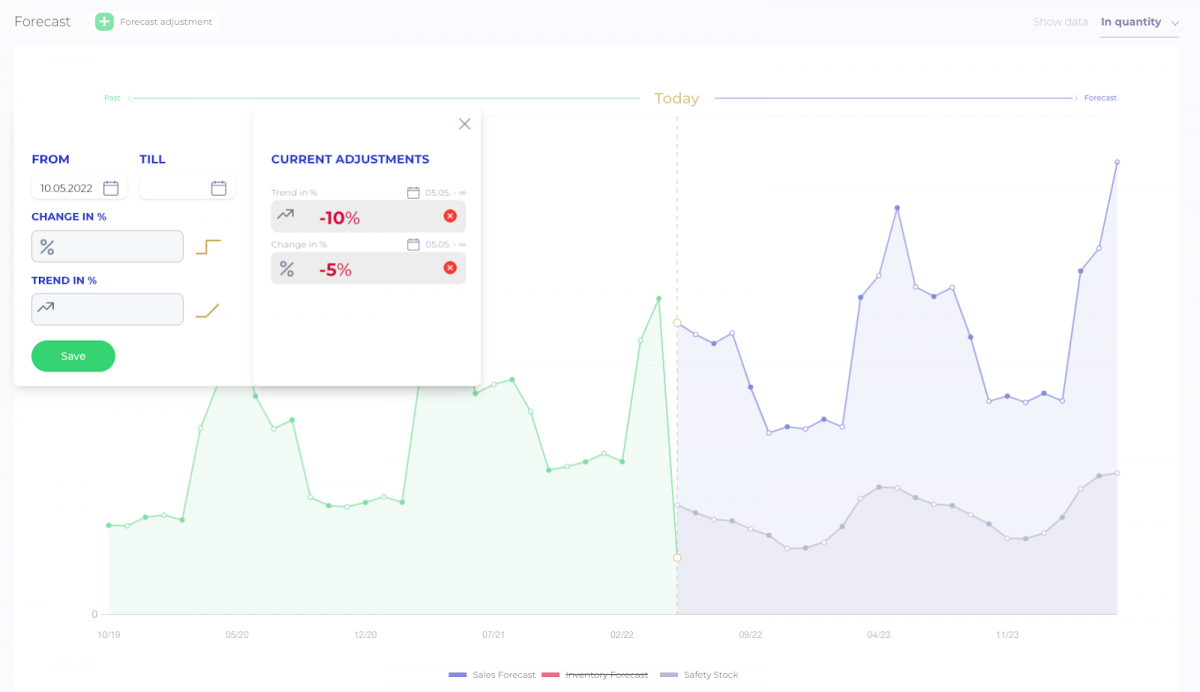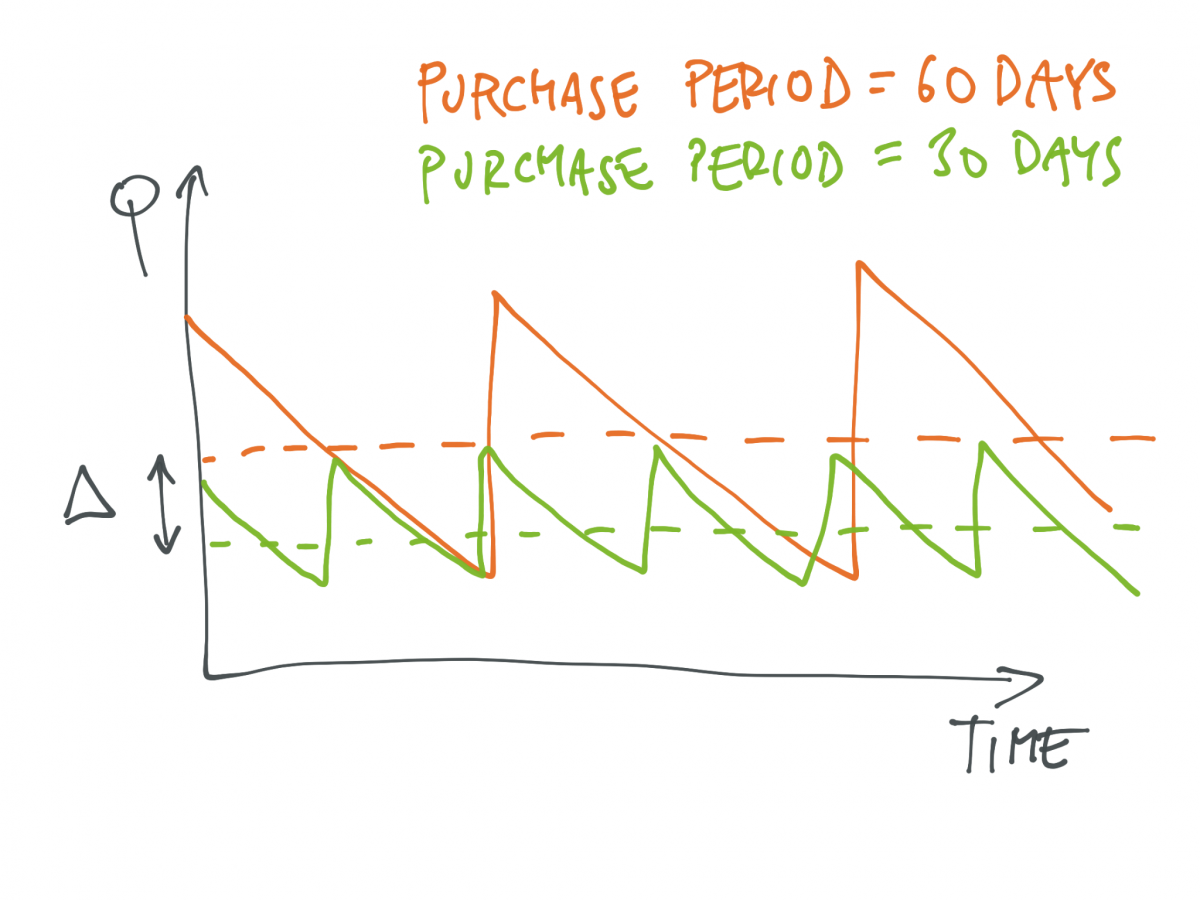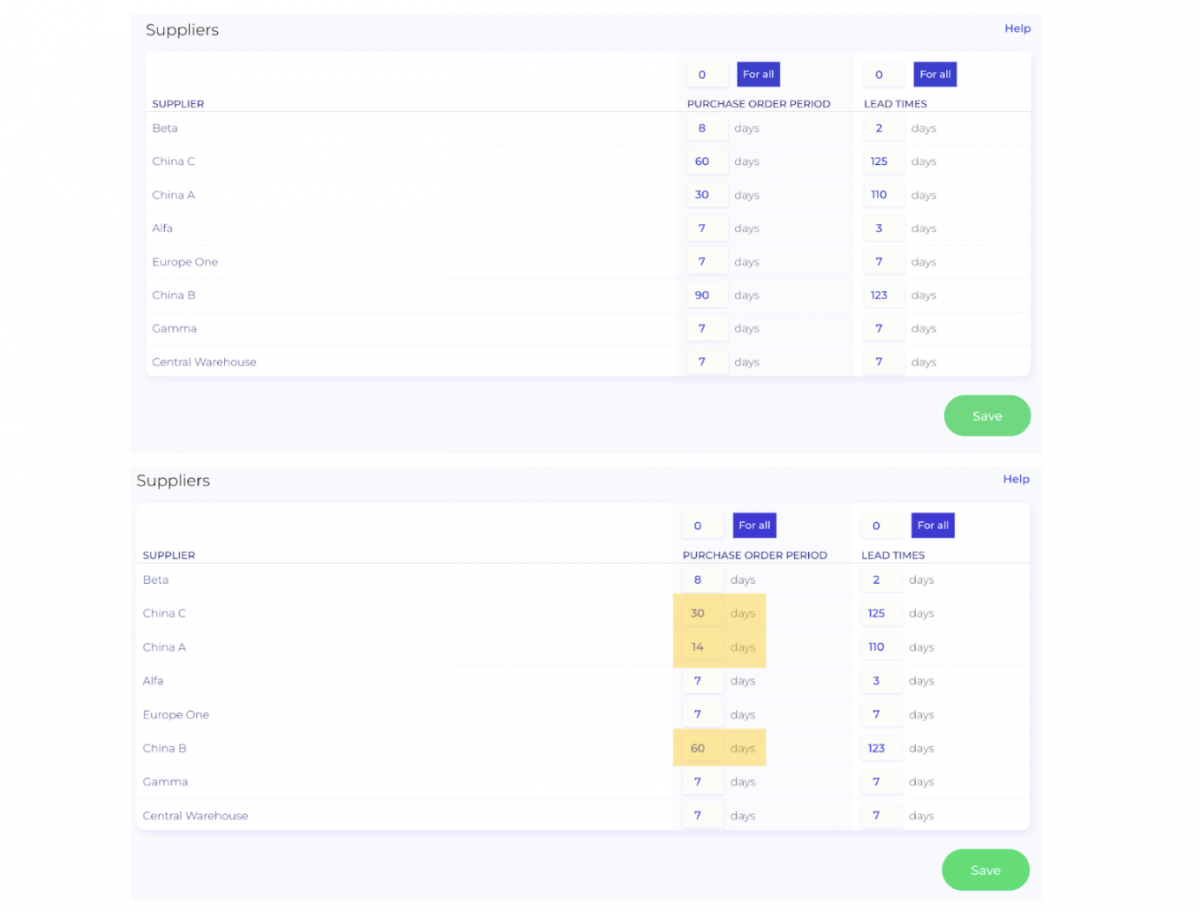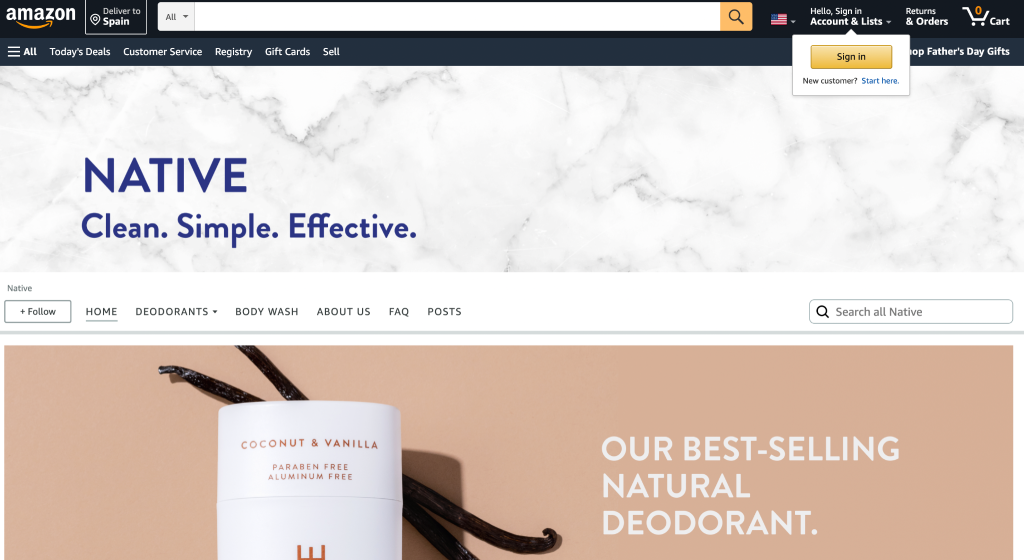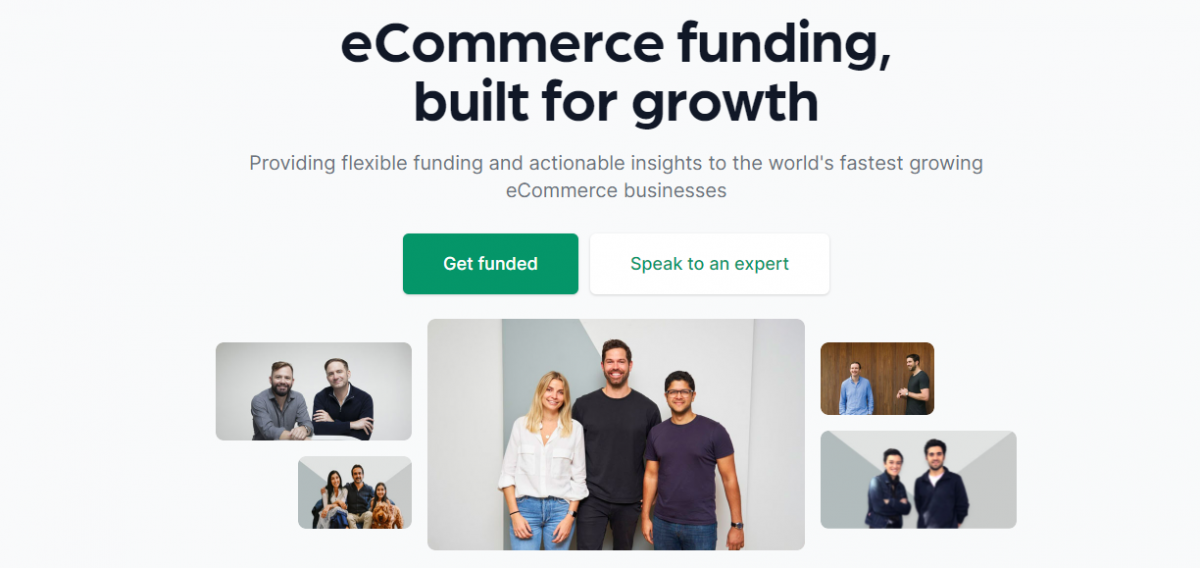Sales forecasting
and inventory optimization
Become a retail mastermind you always wanted to be.
Become a retail mastermind you always wanted to be.
Written By: Jul Domingo
Although e-commerce remains strong, the retail sector as a whole faces challenges. Inflation and layoffs have weakened customer purchasing power. While the aftermath of COVID-19 and global conflicts continue to create new problems for the industry.
Key insights:
The story goes like this: In 2020, COVID-19 struck. Lockdowns caused e-commerce to boom in the next two years, spiking internet shopping by 44%.
COVID-19 also opened up a lot of opportunities for brands and products in the following spaces: pet care (pet adoption rates skyrocketed due to the pandemic), remote work equipment, gardening tools, housekeeping supplies, self-care, and many others.
Online brands thought, “Things are going well. Maybe it’s time to invest in more stocks.” So, they piled up inventory and warehouses. A few companies, such as The Lighting Outlet, even moved to a larger warehouse. Several acquired more facilities.
Then, the pandemic crisis started to resolve. Brick and mortar stores opened their doors. But a lot of e-commerce brands didn’t have a physical store to welcome 44.4% of customers who prefer to buy in person. As a result, they overestimated the number of products they needed, resulting in an overstock. Caitlyn Parish, Chief Digital Officer at Cicinia, an online retailer of bridesmaid apparel, lamented:
“People are more encouraged to try on dresses in the physical setting rather than just seeing their fits in photos, which was then alright during the pandemic.”
On top of this, a host of new circumstances–such as an international conflict, rising energy prices and freight rates, and inflation–continue to ruffle the retail industry’s feathers. Even big-box retailers such as Walmart Inc. and Target Corp. suffered disappointing first-quarter profits in 2022.
Some companies, especially those that were a hit during the pandemic, were unprepared for a surge in sales. Now, they’re scrambling to get their shelves stocked. Headset Plus, an online headset retailer, is one of the ecommerce companies that are in this pickle. According to Founder Yungi Chu:
“Everybody was using Zoom and buying headsets we sell. Now, we have nothing to sell. No stock, no sale. Revenue dropped 500% from the year before.”
Many online retailers, such as yourself, wonder what the future holds as COVID-19 comes to an end. But here’s one thing to bring you some comfort: The digital revolution is here to stay. In fact, the ecommerce industry is projected to grow by $11 trillion by 2025.
Overcoming global economic challenges is just a matter of playing your cards right by having a solid e-commerce post-pandemic strategy in place. You’ll need to plan your inventory better, eliminate unneeded goods, meet the needs of your customers, streamline your operations, and position your brand more effectively.
Sounds like a lot? Take a deep breath, and follow these 8 strategies to cope with–and even thrive in–the post-pandemic economic slump.
Retail’s new normal is fraught with uncertainty. It isn’t enough to rely on your experience and historical data to forecast your inventory levels. If you do, your forecasts will reflect the same underlying behavioral and societal trends that existed before the outbreak–which renders them inaccurate.
“Unpredictability lead to holding inventory that was forecasted to be sold. And hence, your cost is affected”
– Jon Altschuler, founder of CBD and hemp brand Herbie
Without proper forecasting, you’ll face issues related to understocking and overstocking—both of which hurt your bottom line. Understocking hinders your ability to sell products customers are looking for, while overstocking can lead to dead stocks. Dead stocks eat up warehouse space, marketing budget, and time that could be spent selling more revenue-generating products.
E-commerce post-pandemic inventory planning isn’t easy when done manually. You need to rely on software tools that can study the pattern for you and pull out a number that is specific to each product.
Our software uses algorithms and machine learning capabilities to ensure 99% availability of your products.
This is something we do at Inventoro. Every day, the system automatically chooses which algorithm will work best for each product based on accuracy scores for all algorithms. This way, we make sure the client gets the most accurate model per product in the long run. Learn how to take advantage of smart inventory forecasting here.
Here’s another way to combat unpredictability and ease your anxiety: perform a What-If analysis. It involves a simulation of what will happen when inputs and parameters are altered.
Simulations are quicker and cheaper than real-life experiments. They also have a flexible scope, ranging from days, weeks, and months. Best of all, they can reveal any inventory problems and stock-outs that might occur, allowing for better resource allocation.
Using a tool such as Inventoro makes it possible to set up purchase order periods (days of stock, stock coverage, etc.) to track inventory levels automatically. Increasing your warehouse’s receiving frequency will likely translate to a smaller warehouse. A smaller warehouse translates to more cost-effective storage.
Avoid having the pendulum swing from boom to bust by leveraging simulation.
Our forecast adjustments feature can also help you plan your inventory based on the sales you predict. It comes in handy on days you are expecting a drop in sales during a recession or increased sales because you’re approaching your anniversary sale.
During the pandemic, e-commerce brands were exactly where they needed to be: online. The closure of physical stores and lockdowns have prompted shoppers to purchase merchandise off the internet. And by 2021, e-commerce retail sales worldwide were estimated to be 4.9 trillion dollars.
Post-pandemic, e-commerce brands should be open-minded about entering new sales channels. We now live in an omnichannel retail environment. Therefore, serving customers where they are is a must. On average, it takes about 8 interactions to get them to convert. By establishing touchpoints across various sales channels, you’ll keep your brand and products at the forefront of consumers’ minds.
If you’re selling primarily on your website, explore other options, such as apps, social commerce, marketplaces, and brick and mortar.
Brands, like Native, use marketplaces to promote and sell their products.
Marketplaces, such as Amazon, Etsy, eBay, and Walmart, can increase brand visibility. Native, Hero Cosmetics, and Oatly are some DTC brands that ride on the benefits of marketplaces. When a customer searches for a similar product to yours, your products can appear in the search results. Your website will only be able to pull this off if you take advantage of paid advertising and sound SEO techniques.
Meanwhile, e-commerce brands such as jewelry retailer Hermosa Flor and CBD health and wellness company Nuleev have moved offline. Some have done so as early as 2021.
“We hedged our bets against people returning to physical stores by opening two of our own, and have increased sales overall with this move.”
– Robert Burns, Nuleev CEO
Taking the plunge into brick-and-mortar retail enables e-commerce brands to offer BOPIS (buy online, pick up instore–which 59% of consumers prefer) and cater to the 44.4% of consumers who like to shop in person. If going all-in on a retail store is a scary prospect, you can test the waters by opening a pop-up shop for a limited time, joining events, or renting space from new-age department stores, such as Neighborhood Goods.
Port congestions, lockdowns, truck shortages, and expensive freight forwarding rates. These are just some of the recent obstacles that slowed down the supply chain for the entire retail industry, not just e-commerce brands. “Delays at the border and the Suez Canal blockage are among the challenges we’ve encountered,” explained Laura Sutcliffe of UK Oak Doors, an online door retailer.
And while things are slowly bouncing back to pre-pandemic conditions, the shipping sector is still left to deal with backlogs. Expect these issues, along with rising inflation, to forever change the landscape of cargo shipping. It can be a costly situation for e-commerce companies that deal with international suppliers.
There are several things you can do to navigate around the excessive charges while also avoiding understocking your goods:
“While it’s costing us a little more to do it ourselves, we no longer have to risk not receiving the supplies we need to run our business.”
“Do your research and pitch them an offer they can’t refuse. The show of thought for them will strengthen their trust in your relationship and everybody wins. Finding the perfect middle ground can be hard, but ultimately rewarding for both parties in the end.“
– Phillip Akhzar, Arka Founder
Your inventory is the center of all your business decisions, so you should take a closer look at your portfolio. Take out your stock overview report for the past two years and ask yourself: “What products have you sold this year?”
Maybe some products in your portfolio no longer resonate with your audience. Or perhaps other products now dominate your list of bestsellers.
Perform an ABC analysis. List out your products with a unique number for each location. Conservatively, you can keep the top 80% and discard the remaining 20%. The bottom products at the bottom are considered losers. According to our data, they account for 23.8% of your portfolio. These products have been sitting on your shelves for far too long to come to your attention. And if you’re guilty of overstocking recently, some of these goods may cross over to the other side and become dead stocks in the future.
Don’t ignore your losers any longer. (We’ll talk about how you can get rid of them in the next step.)
Examine your portfolio and identify what is essential to your business. There are many ways to evaluate this, depending on your e-commerce post-pandemic strategy. Sort products according to profit, revenue, sales frequency, and sales quantity.
What we recommend at this point is to sort it according to sales frequency because it’s the most customer-driven measure. It’s tempting to consider profit, but this criterion speaks more to your business performance. Number of sales, on the other hand, is a better indicator of a product’s popularity. This way, you’ll know which products are doing great and which aren’t.
Check out this piece about how you can create a strong product portfolio using Inventoro’s product segmentation feature.
Promotional discounts have been one of the most powerful tools in a retailer’s toolbox when it comes to generating revenue. And online brands are employing this as part of their strong e-commerce post-pandemic strategy.
We advise that you only use this weapon when a product is price sensitive, you’ve overstocked on an item, or you’re trying to get rid of dead stocks. Knowing what your budding and current losers are will help you figure out how to sell them without losing money.
For instance, many e-commerce brands resort to bundles to bolster basket sizes and cut shipping and packaging costs.
“Having more stocks only slows revenue generation. Instead of waiting for it to be bought at its regular price, we put them in bundles and this has been proven effective we were able to dispose of stocks easily when we implemented this strategy.”
– Caitlyn Parish, Cicinia’s Chief Digital Officer
Bundling ideas include offering your slow-moving products along with top sellers or with complementary products. You can also sell them in pairs. Two of the same product for a cheaper price will have impulsive buyers reaching out for the combo.
You can also offer these items as gifts to go with certain products, or as an incentive for reaching a certain amount. Here’s a clever idea for getting rid of obsolete stocks using freebies:
Use your dead stocks as complementary gifts or incentives.
Source: Milled
Flash sales and other sale events put pressure on customers to act quickly. Brands, such as next-level energy drink DTC brand, Breinfuel, are leveraging this strategy. “We are trying to clear out our stocks as soon as possible through flash sales and giveaways. This is easier than paying the holding costs,” explained co-founder Colton Horn. One caveat, though: Using this approach too often may devalue your brand and product.
To make smarter discount offerings and get rid of unsellable inventory, you need accurate customer data and inventory information. Otherwise, you might end up selling your winning and promising products.
As you embrace more sales channels and monitor their impact on your inventory, you’ll also need to adjust your e-commerce post-pandemic marketing strategy.
Increasing your ad budgets can help fire up demand and spur sales. According to Google Ads professional, Jackson Blackledge, the key to optimizing your ads is to experiment:
But ads can be costly. This is a temporary fix that you can employ when you need to boost your sales or get your stocks moving. Use your advertising dollars wisely by marketing your winning products. Work on getting your strongest, as well as your most promising, products in front of your audience. If you’ve followed tip #5, deciding which ones to promote should be straightforward.
A more sustainable e-commerce post-pandemic marketing approach is to understand your customer base and provide superior service. The solution lies in more personalized marketing. Businesses that leverage personalization generate 40% more revenue than those that don’t.
A personalized approach means that you don’t focus on a single customer. Instead, observe how geography (especially if your online business ships worldwide), demographics, and most of all, personal circumstances and values create different sets of customer groups. Your next move is to look away from your direct competitors. Rather, focus on discovering experiences that resonate with your broad customer base. For instance, you can introduce products tailored to a particular location’s climate:
An example of a seasonal email campaign from The Hill-Side.
Source: ReallyGoodEmails
Sending this out to customers who are currently experiencing extreme heat is like screaming into the void.
With your inventory tied up or lacking, your natural source of cash inflow is inhibited. It might be a good time to seek external assistance from financial institutions, such as:
In the early stages of the pandemic, investors were enthusiastic about DTC brands. But 2022 has seen the emergence of another Black Swan phenomenon, causing investors to be cautious about deploying capital due to consistent stock market dips in April.
According to online pet accessory retailer Jared Hendricks of Feruo, many e-commerce websites and SaaS company owners have reported that getting funding is nearly impossible in the current economic climate:
“Almost all VCs and private equity firms have significantly ramped down their investments and are geared up for the recession.”
Meanwhile, banks, a vital source of financing for most small businesses, continue to provide support. But if you have incurred debts as a result of the pandemic, it’ll be hard to take out a new loan. Moreover, bank loan approval rates remain a rather meager 15.1%, despite an increase in approvals.
Historically, SME loans are geared towards expansion. But at the height of COVID-19, SMEs found themselves taking out loans just to cover daily expenses and keep their businesses afloat. Without the promise of a profitable future, lenders were reluctant to provide loans. You need to show them that you’re capable of paying back what you owe.
Some businesses turn to government loan programs to survive. While support from the public sector can be an asset for e-commerce businesses post-pandemic, this option tends to take time. For instance, SBA loans can take up to 90 days to process. For this reason, we recommend that you have alternate sources of funding that can provide you with capital in days rather than months.
Fintech lending companies are faster, newer sources of funds. Compared to conventional banks, these firms make processes more accessible. And they tend to be more forward-looking than their traditional counterparts. They trust forecasts more than historical data. An example is our partnership with Wayflyer. With our data and their service, we can give our clients access to funding in just a few clicks.
Inventoro works with Wayflyer to make sure our clients have fast access to funds.
Source: Wayflyer
If COVID-19 has demonstrated any lesson, it’s that retail business owners need to have fantastic e-commerce post-pandemic strategies moving forward. “You have to plan 5 years in advance and make sure you have contingencies for mass pandemics, potential war, and now inflation,” noted Mitchell Elworthy, founder and director of The Lighting Outlet.
While the pandemic means e-commerce brands can no longer operate on “business as usual,” the fundamentals remain the same. You hold the power to continuously provide your target market with a compelling brand message and a full range of products that appeal to them.
For the former, it involves getting to know your audience more.
For the latter, you have to segment your products, identify your winners, keep them replenished, and forecast your inventory accurately. Let us help you with all of these. Sign up for a demo today.
Become a retail mastermind you always wanted to be.
